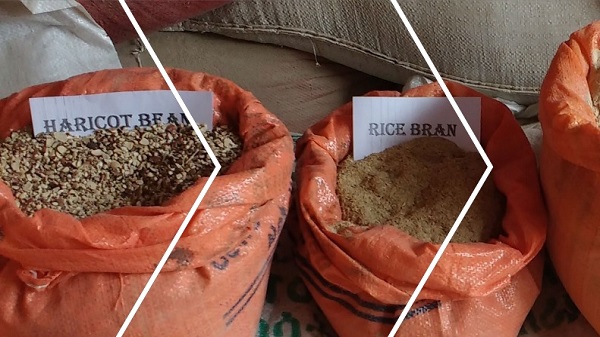
ROME (FAO in Emergencies)–Livestock production and productivity are very low in Ethiopia. One of the major constraints being the poor quality and inadequate quantity of feed available. Given that grazing land is decreasing and production of cash crops is increasing, agroindustrial by-products (AIBPs) could become important inputs in feed rations for different classes of livestock. These feed resources are generally high in nutrient contents and can play an important role in mitigating the above-stated major constraints facing the livestock sector. The spatial and temporal availability of AIBPs in different parts of Ethiopia has not been quantified. Information on the utilization of such resources is also scanty. Agro-industrial by-products also have a number of alternative uses. It is presumed that there is substantial wastage to such an extent that these valuable resources can become a huge burden to the environment in some areas.
Knowledge of the availability of AIBPs is important for planning and implementing appropriate feeding strategies in different parts of the country, improving livestock production, enhancing the efficiency of their utilization and decreasing environment burden. The efficient use of AIBPs will help to decrease feeding cost, which generally constitutes about 70 percent of the total animal production cost (Demissie Negash, 2017).
ALSO: Ethiopian coffee farmers are betting on blockchain to make trade fairer and boost business
The objective of this work, therefore, was to assess the availability, utilization as feed, other alternative uses and extent of wastage of AIBPs in different parts of Ethiopia; and thus, generate baseline information and data that can be used for livestock sector planning. In addition, the information generated would assist in the development of region- and country-wide AIBP utilization strategy. This report is based on the information generated through a survey, meetings with stakeholders, visits to farms, and various other secondary sources including a number of organizations.
Source: FAO in Emergencies
